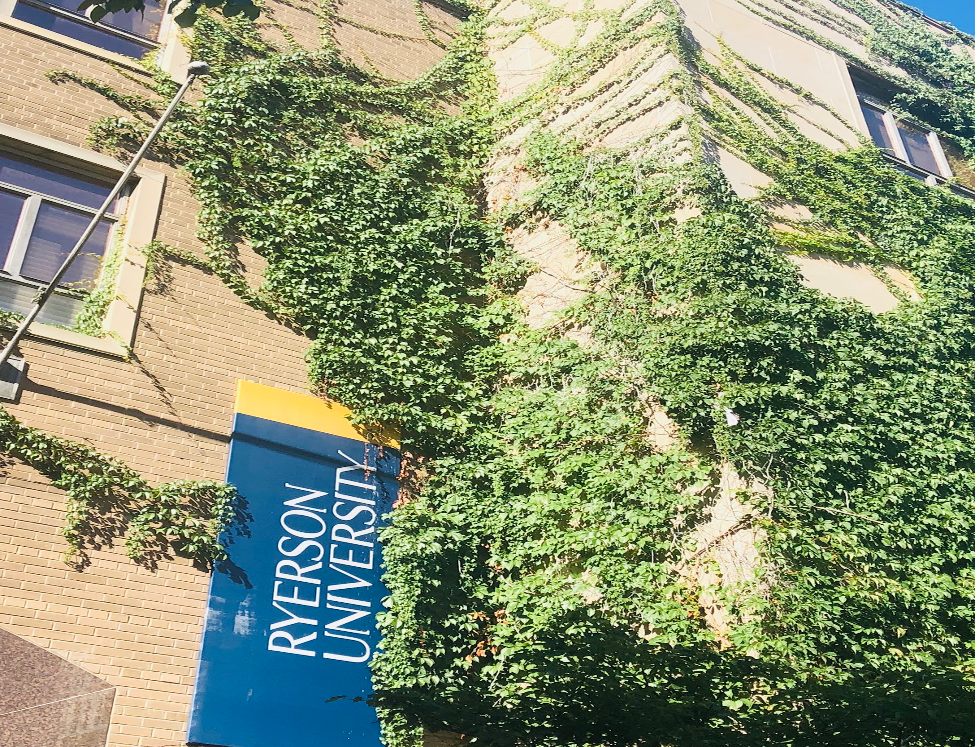The report’s findings detail the student diversity of every program and faculty in 2019

Ryerson University released its first-ever student diversity self-ID report Tuesday, revealing data gathered during the 2018-2019 academic year from over 40,000 Ryerson students.
“This first student diversity self-ID report showcases the diversity of Ryerson students,” the report says. “It also points out where more attention needs to be paid to increase the number of students from under-represented groups and to their inclusion at the university.”
The office of the vice-president, equity and community inclusion commissioned the report and the survey, which had students complete an online diversity self-ID questionnaire through RAMSS, the Ryerson online learning system.
“The report provides representation data for students from Ryerson’s five equity groups: women, racialized people, Aboriginal Peoples, persons with disabilities, and LGBTQ2S+ people,” the report said.
The report looks at the overall representation of these equity groups in the student population at large, but also gives each program a diversity “report card score” based on the proportion of students from each equity group that are enrolled.
“These report cards offer disaggregated data that reveals the uneven representation of equity and racialized groups across programs,” Denise O’Neil Green, Ryerson’s vice-president, equity and community inclusion, told the Ryersonian.
Each faculty is also given a diversity score, based on average scores of the faculty’s programs.
Grades are also assigned to each program for the proportionate representation of the three largest racialized groups at Ryerson; South Asian, Chinese and Black students.
The highest score doled out to a faculty was to the Faculty of Community Services (72.2 per cent for undergraduate, 74.9 per cent for graduate), while the lowest faculty score was given to the Faculty of Engineering and Architectural Sciences (54.1 per cent for undergraduate, 40.1 per cent for graduate).
The lowest score given to an undergraduate program was the business management (finance) program (29.9 per cent), while the lowest graduate program score was 22.2 per cent, given to the mechanical and industrial engineering program.
The highest score given to an undergraduate program was the social work program (86.6 per cent), while the highest graduate program score was 90.4 per cent, given to the policy studies program.
Green says this snapshot of Ryerson’s student diversity in 2019 can help determine strategies the university can use to ensure that the proportion of equity and racialized groups enrolled in each program reflects that of the greater population.
“The diversity self-ID program reinforces Ryerson’s values, in particular, to be unapologetically bold, intentionally diverse and inclusive and respectfully collaborative,” said Green. “This program has come to fruition with the work of many campus partners, including students, who have been asking for this data for years.”
Green added that some of the immediate next steps that can be taken towards Ryerson’s goal to offer a more diverse and inclusive environment is to encourage all faculty and staff to read the report so that they can use the information to set goals and targets to improve access and inclusion.
Similar diversity self-ID reports on Ryerson faculty and staff have been conducted, the latest available report being for 2018.
From each of the five equity groups, representation amongst Ryerson employees either remained the same or rose by one to two percentage points each year between 2015 and 2018.
The report will be presented to various leadership bodies on campus, including the academic senate and the Ryerson board of governors.
“Our aspirational goal is to have representation of students from under-represented groups comparable to the GTA or Ontario by 2030,” said Green. “That sounds like a long time from now, almost 10 years, but it will be here sooner than we think.”
